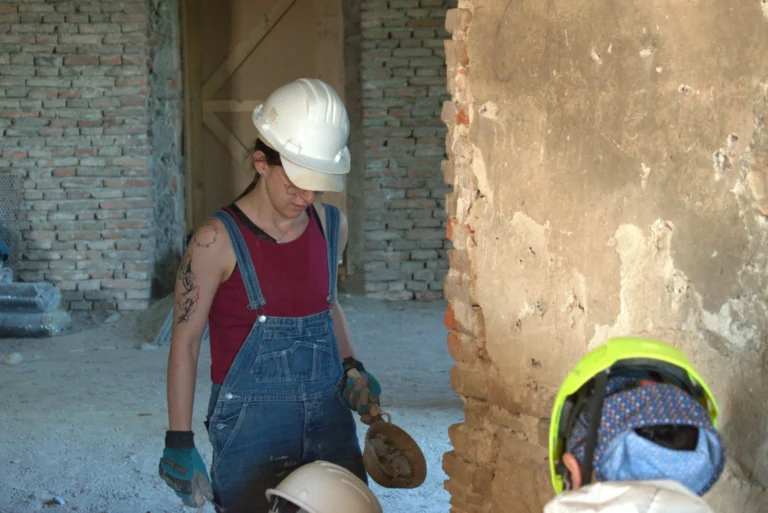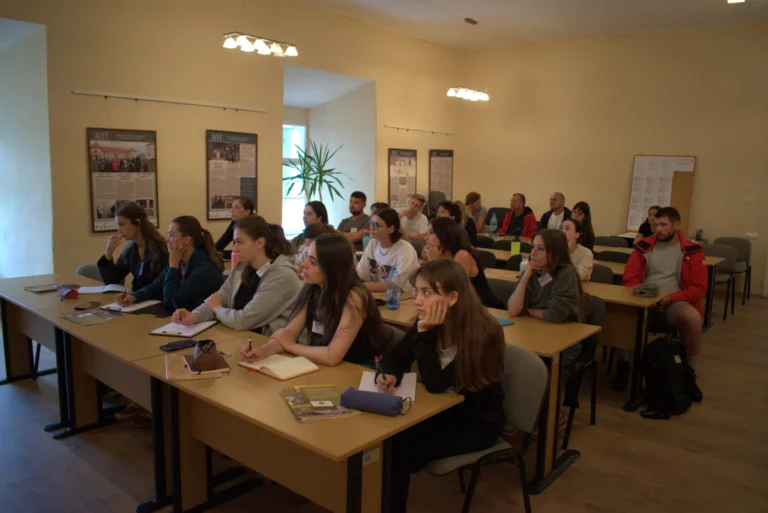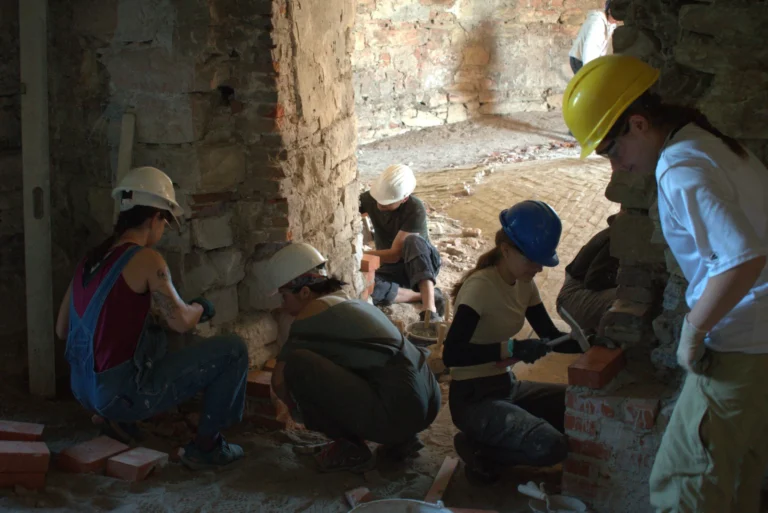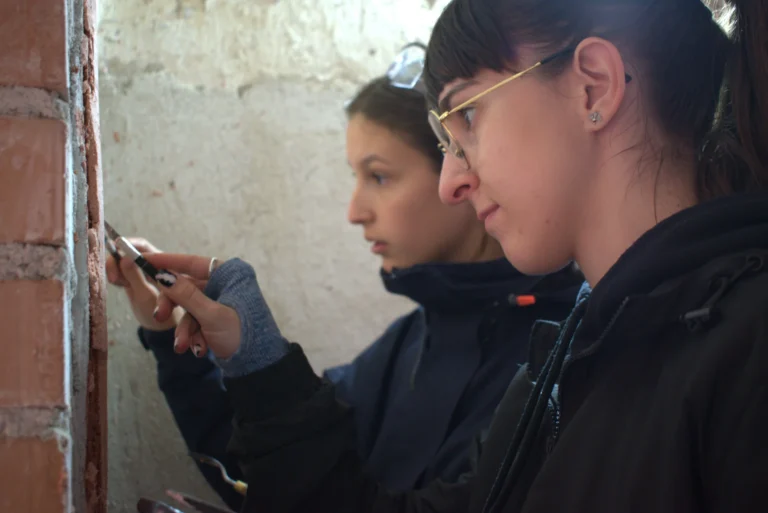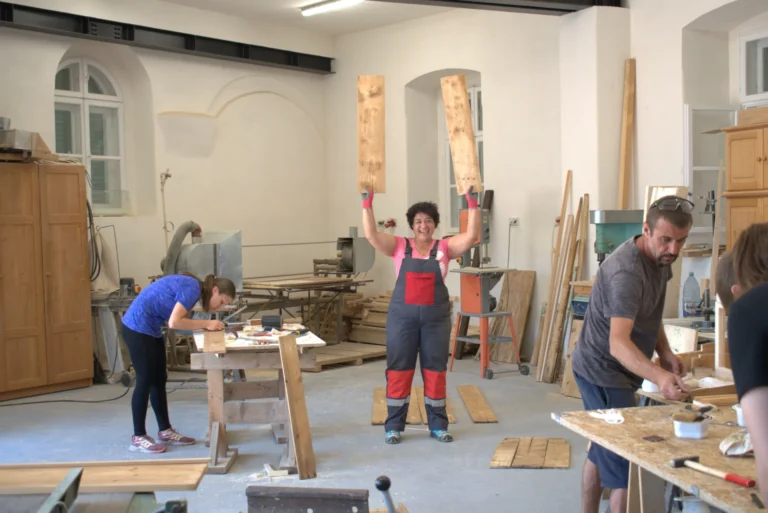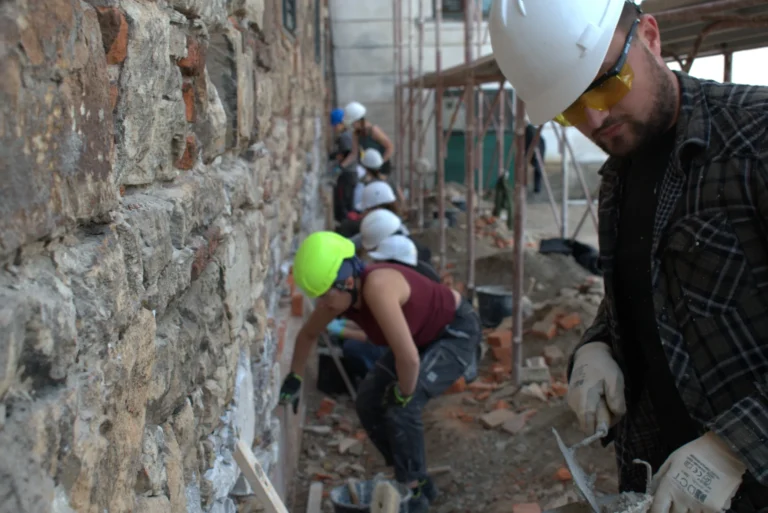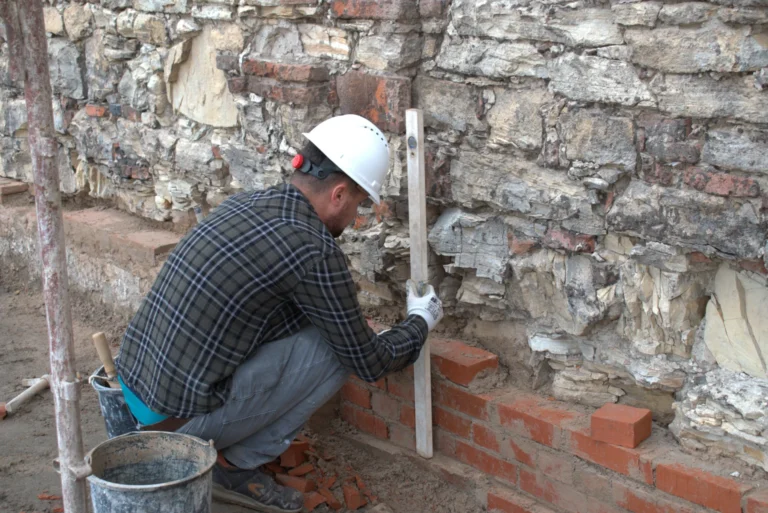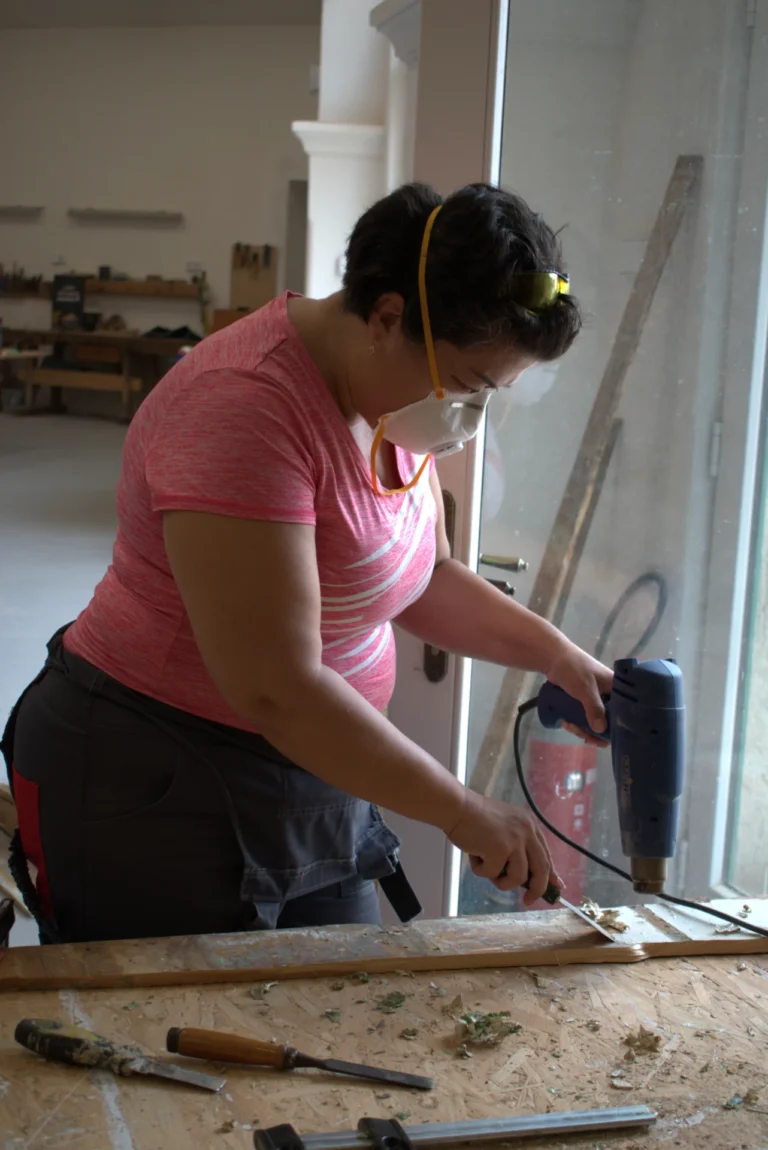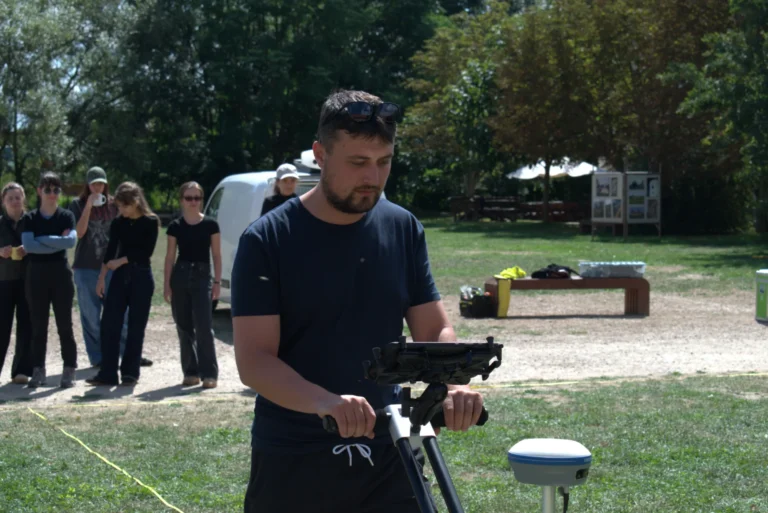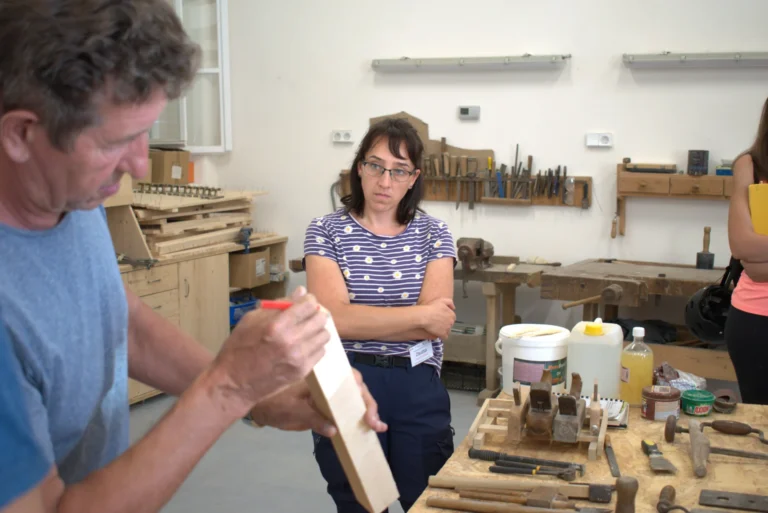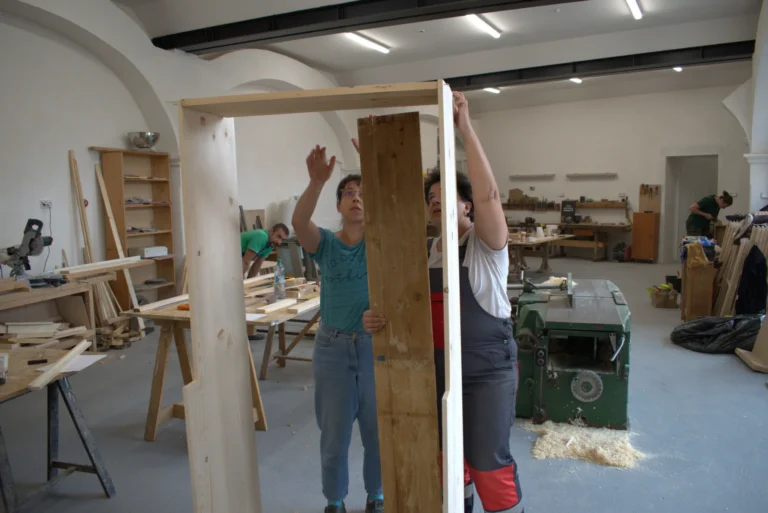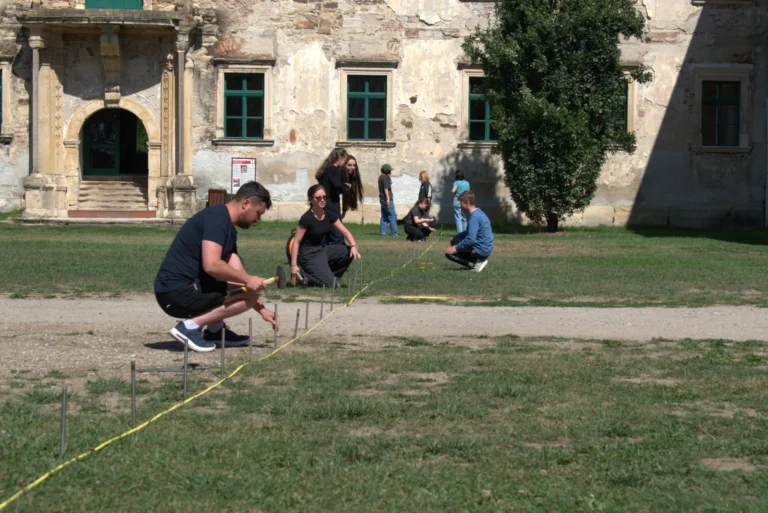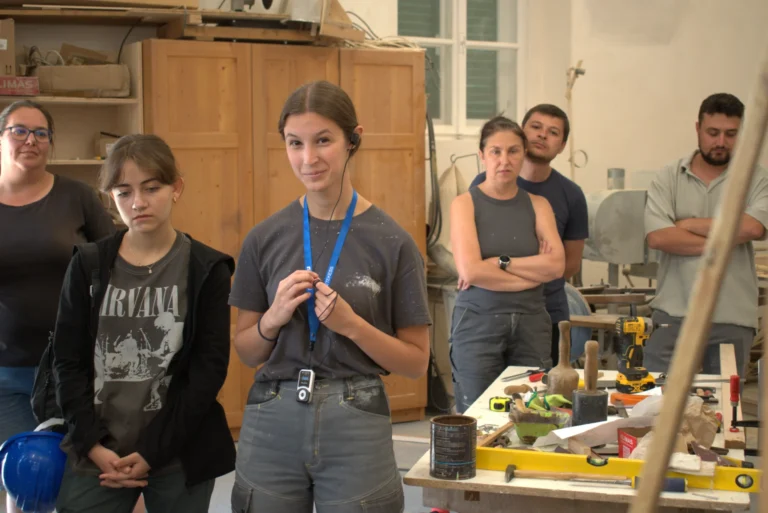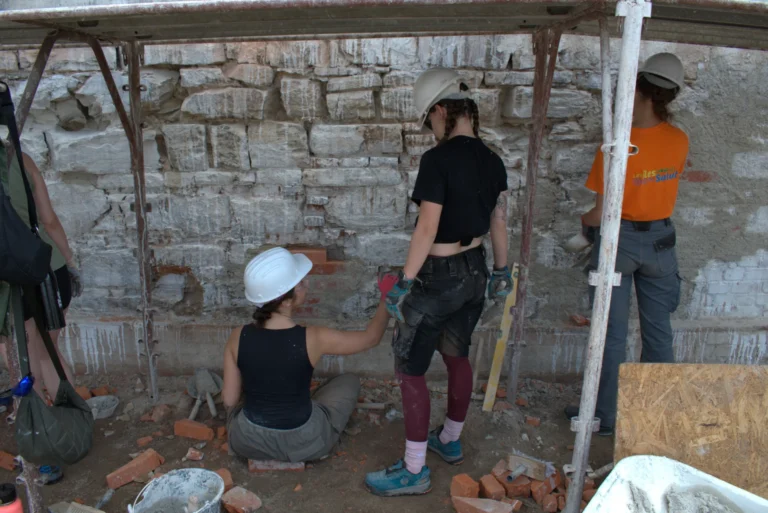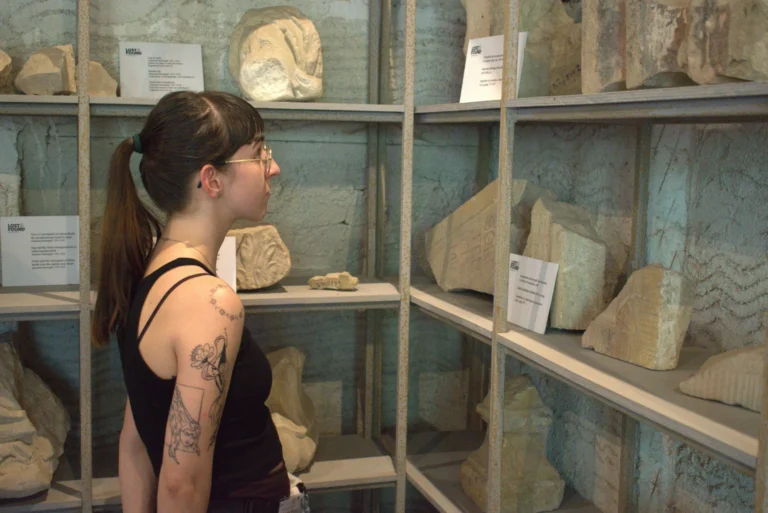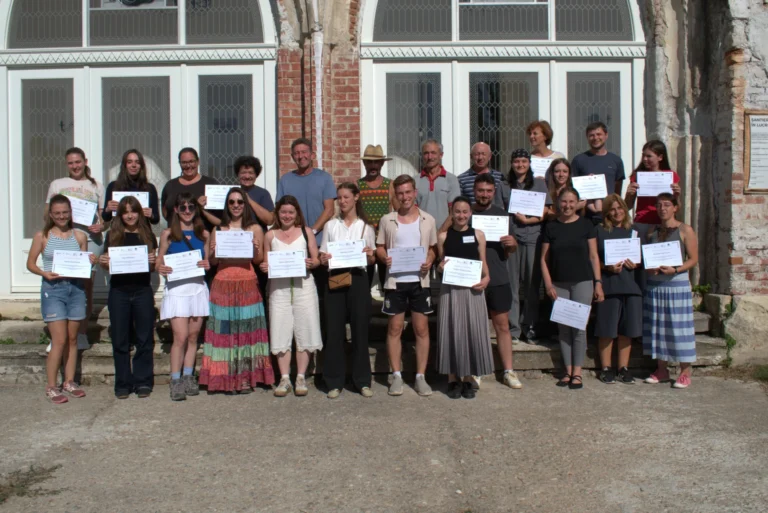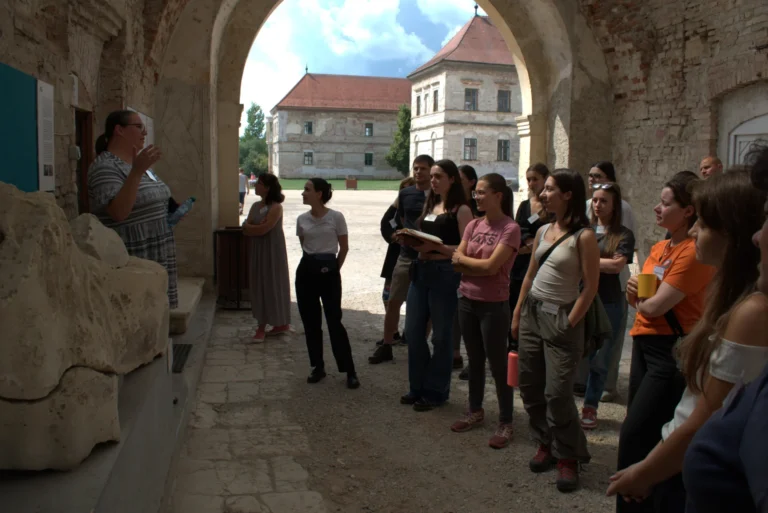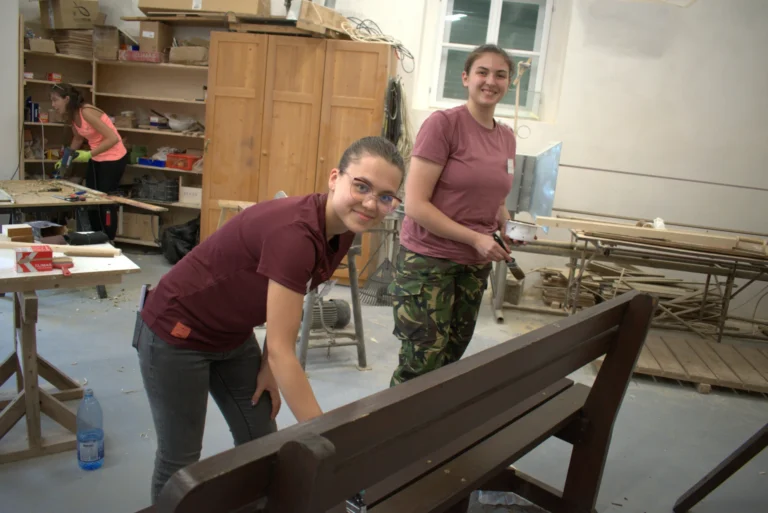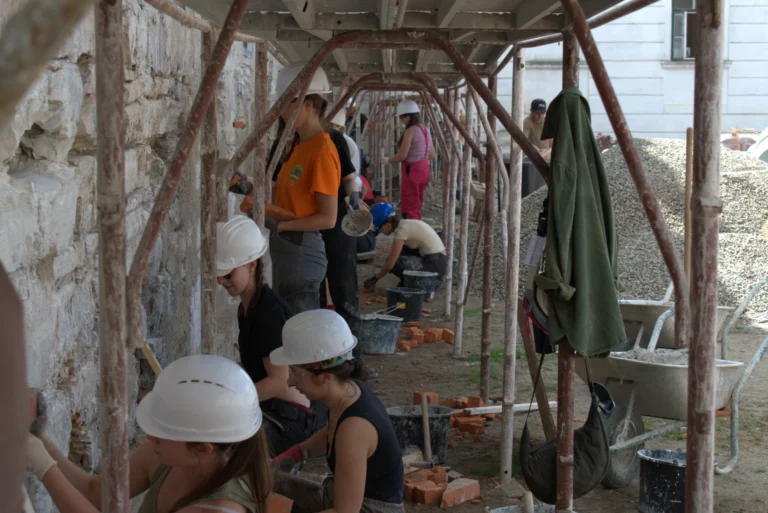Report: Traditional Building Crafts and Historic Building Conservation
The Transylvania Trust Foundation’s training titled Traditional Building Crafts and Historic Building Conservation, consisting of theoretical lectures and two weeks of intensive hands-on work, took place at Bánffy Castle in Bonțida between 3 and 16 August 2025. The summer camp is part of the project Valorisation of Traditional Building Crafts through Digital and Practical Training.
The training hosted 25 participants from four countries (Romania, Hungary, France, Switzerland) who, alongside expanding their theoretical and practical knowledge, actively contributed to the restoration of Bánffy Castle in Bonțida through masonry, joinery and stone carving workshops. The participants also had the opportunity to learn wall decoration techniques, including fresco, secco, sgraffito and stucco marmorino. During the two-week training, camp members worked on restoring the walls of the stables and of the main building’s northeast tower within the masonry workshop, in the joinery workshop, students learned to create various joints and restored several pieces of furniture, while in the stone carving workshop, participants worked on one of the window frames of the main building, practising both stone carving and techniques for repairing damaged stone elements.
The camp was opened by a series of theoretical lectures that provided the foundation for the practical work. First, archaeologist Zsolt Csók, Technical Director of the Transylvania Trust Foundation, spoke about the role of archaeology in heritage management. Next, architect Nicole Sutton discussed historic building materials, focusing also on minimal intervention, on-going maintenance, and the compatibility of techniques and materials. After that, mining expert Kálmán Szőke presented the stones used in the construction industry and their properties. He was followed by geophysicist István Kudó and geophysicist and geoinformatics engineer Márton Bujdosó, who presented the theory of a non-intrusive research method. Students also attended a lecture by architect Endre Ványolós titled Contemporary Urban Interventions in the Historical Environment. The day concluded with engineer Dorottya Makay’s presentation on structural interventions.
Following the work safety and health protection instructions, the intensive practical training began with a programme led by István Kudó and Márton Bujdosó. Building on the previous day’s theory, participants gained practical familiarity with the work processes of georadar measurements and then, after data processing, interpreted the results under the guidance of the two experts.
The training continued with workshops led by experienced trainers. Márton Bikfalvi, site manager, and his team of craftsmen directed the monument conservation processes and the teaching of traditional building crafts, while István Márton Sipos, stonemason and sculptor, introduced the participants to the craft of stone carving.
During the camp, attendees learned about the history of Bánffy Castle in Bonțida at a lecture by art historian Zsuzsanna Eke, which was complemented by a guided tour around the castle.
As part of the programme, an intensive documentation process was also launched in the form of short video recordings, which continued even after the camp ended. The aim of this activity was to prepare materials for a digital course that will serve as supporting content for those interested or involved in traditional building crafts.
A study field trip was also scheduled into the two-week training. Its first stop was the village of Rimetea, where participants saw traditional houses, an 18th-century mill, visited the Ethnographic Museum and the Unitarian Church. This was followed by the village of Sic, where they visited the mediaeval Reformed Church and the 18th-century Holy Archangels Michael and Gabriel Orthodox wooden Church. The field trip concluded with a walk through the reed beds near Sic, followed by some relaxation at the saltwater public baths in Cojocna.
On the last day of the training, the participants themselves presented the traditional building crafts workshops and the results of their work to each other, to the craftsmen leading the activities and to the interested public, during an open workshop demonstration. This was followed by a written exam assessing the participants’ knowledge. The evaluations were complemented by feedback from the workshop leaders, and those who met the established criteria received a certificate of achievement.
The cultural project is co-funded by the National Cultural Fund Administration (AFCN).
The project does not necessarily represent the official position of the Administration of the National Cultural Fund. AFCN shall not be held liable for the project’s content or any use to which the project outcome might be put. These are the sole responsibility of the beneficiary of the funding.
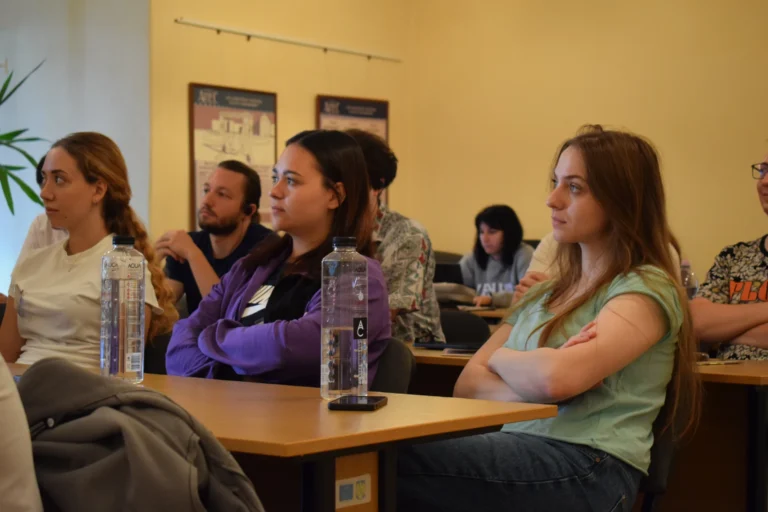
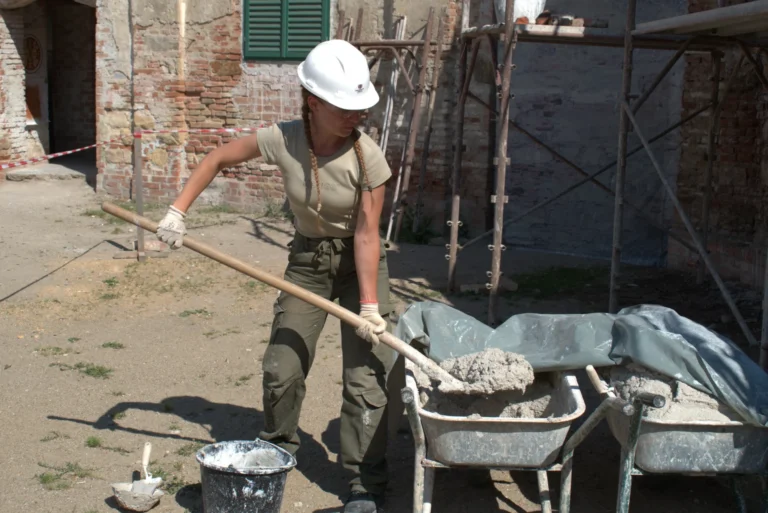
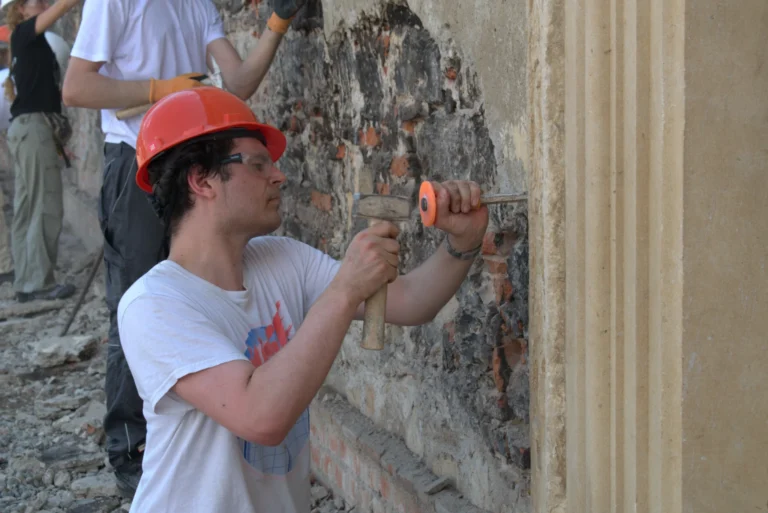
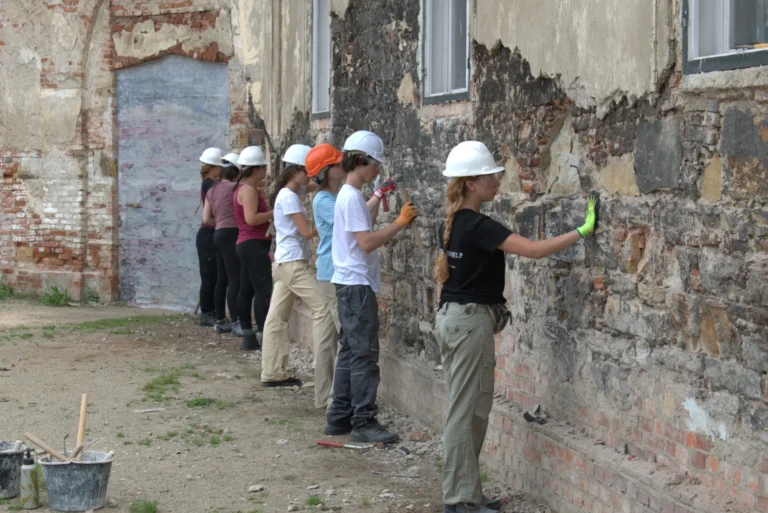
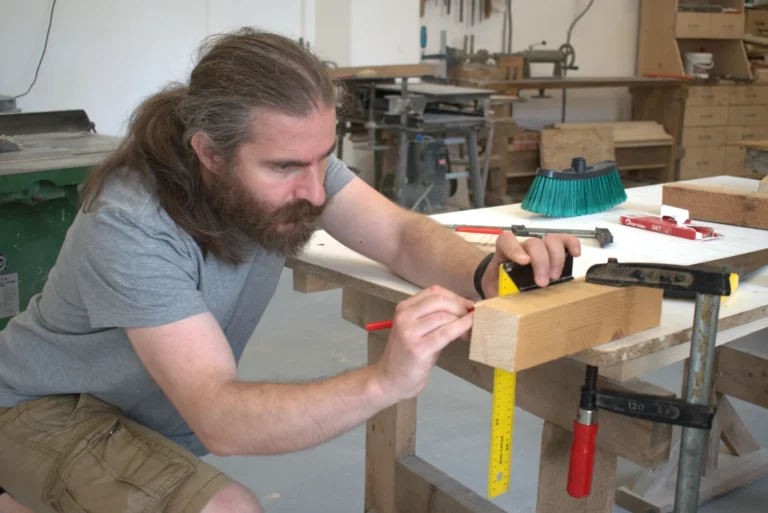
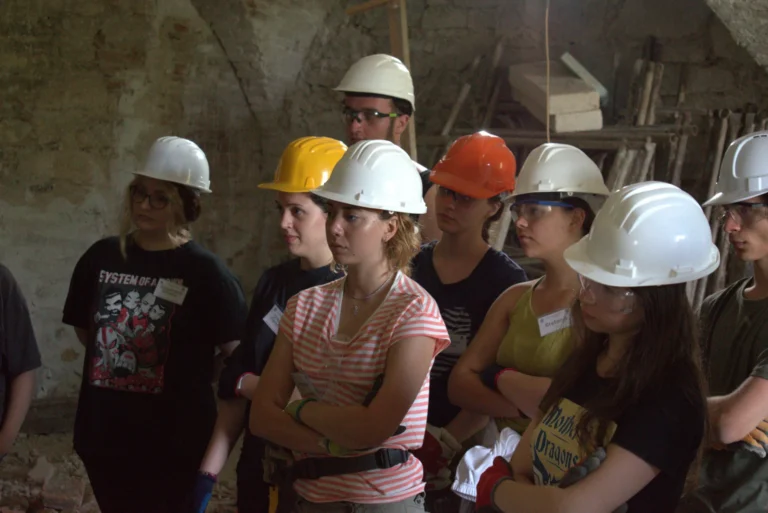
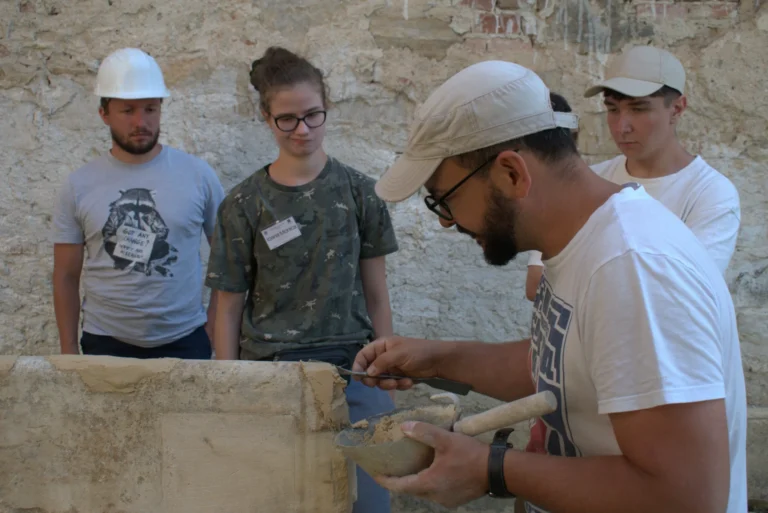
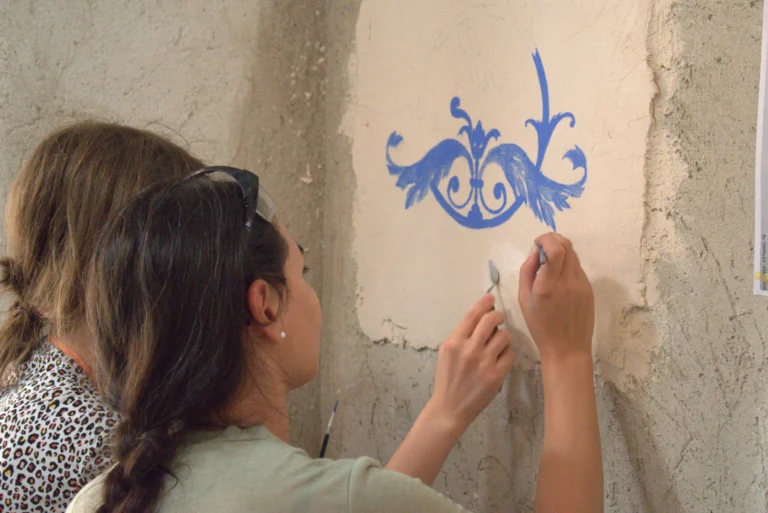
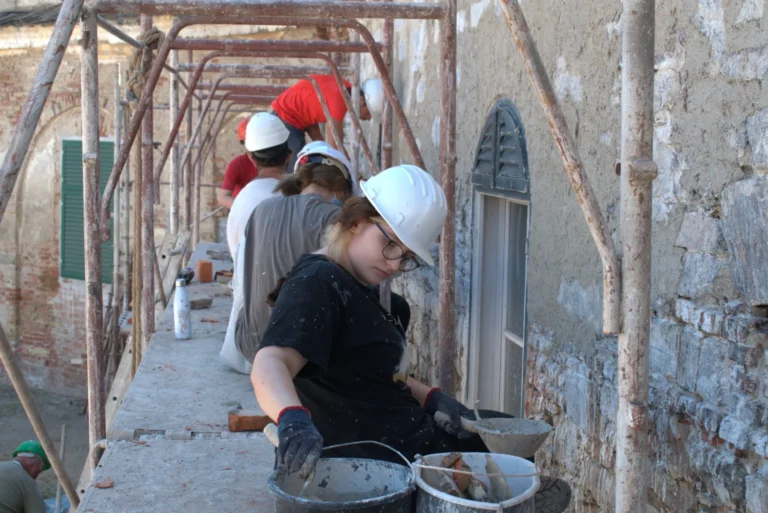
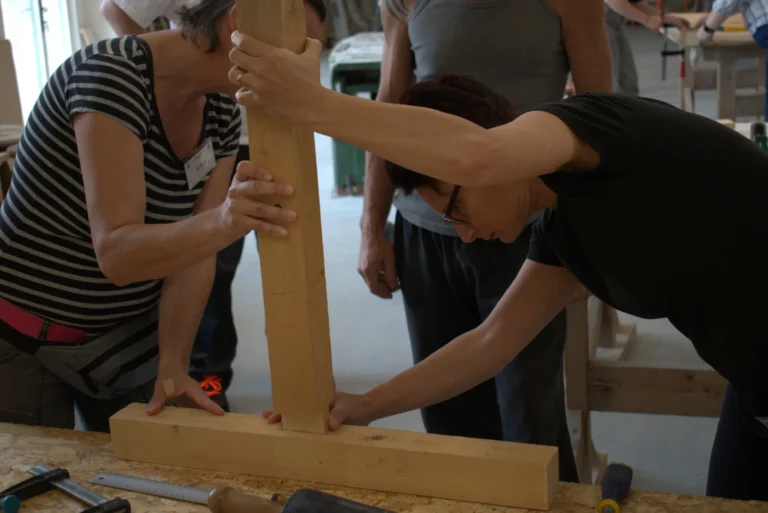
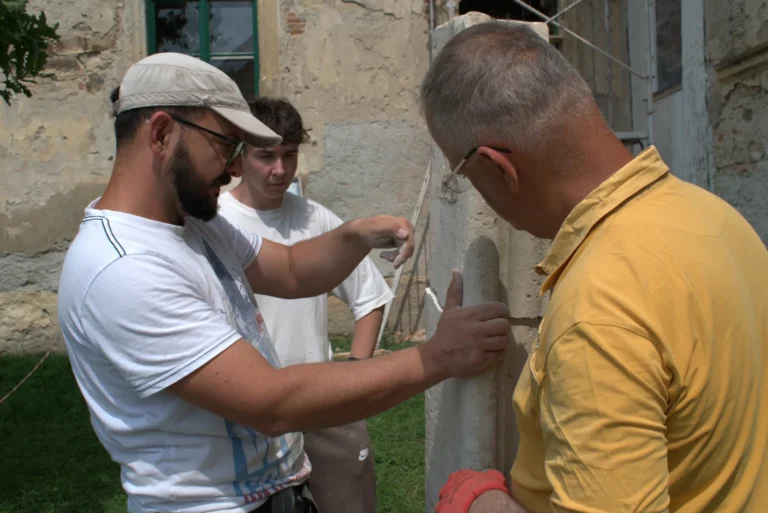
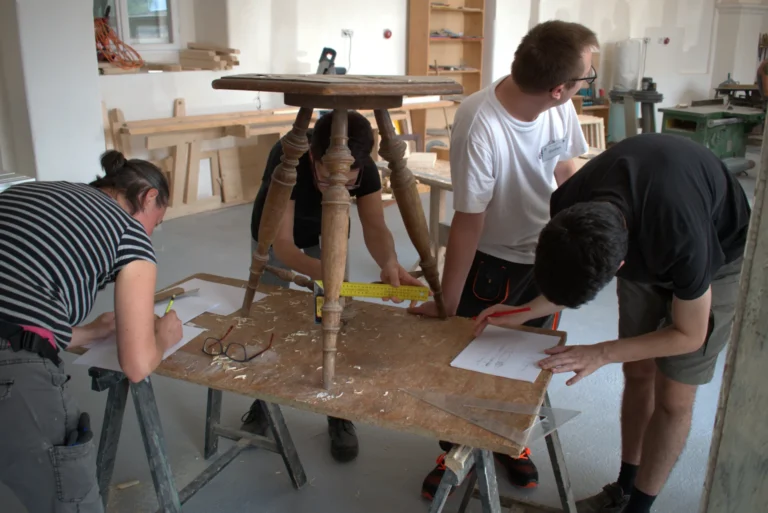
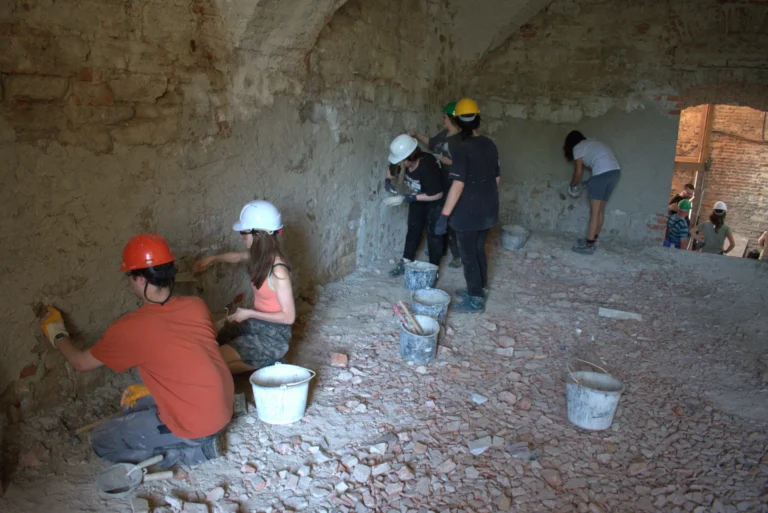
Report: Built Heritage Conservation Training Camp
The Transylvania Trust Foundation organised its built heritage conservation training camp at Bánffy Castle in Bonțida between 17 and 30 August 2025. Participants from two countries (Romania, France) were present, with a total of 25 campers collaborating in the masonry and joinery workshops, gaining hands-on experience in the castle’s restoration process. Our programme primarily targets university students (architects, structural engineers, landscape architects, archaeologists, art historians etc.) and professionals working in the construction industry, but we welcome participants from other fields as well.
The training commenced with a series of theoretical lectures. First, Edith Marczika-Gyöngyösi, Executive Director of the Transylvania Trust Foundation presented the Built Heritage Conservation Training Centre operating at Bánffy Castle in Bonțida. She was followed by architect Nicole Sutton, whose lecture focused on historical building materials, as well as the importance of minimal interventions, on-going maintenance and the compatibility of techniques and materials. Then, art historian Zsuzsanna Eke provided a brief history of Bánffy Castle, complete with a guided tour. Subsequently, architect Endre Ványolós, discussed contemporary urban interventions in the historical environment, and the series concluded with engineer Dorottya Makay’s presentation on structural interventions.
The practical training began after the work safety and health protection instructions, where site manager Márton Bikfalvi and his team of craftsmen guided the participants through the monument conservation processes. Within the masonry workshop, participants worked on the stables and in the northeast tower of the main building under the supervision of experienced trainers. Additionally, they could try their hand at preparing mural decorations, where they learned various techniques, such as fresco, secco, sgraffito and stucco marmorino. The joinery students learned to create various joints and gained proficiency in furniture restoration processes.
In the second week of the camp, geophysicist István Kudó together with geophysicist and geoinformatics engineer Márton Bujdosó presented the theory behind the georadar survey as a non-intrusive investigation method. Following this, the participants got to try the method in practice at the castle grounds.
A study field trip was also included in the programme. Its first stop was the village of Rimetea, where participants saw traditional houses, an 18th-century mill, visited the Ethnographic Museum and the Unitarian Church. Next was the village of Sic, where the team visited the mediaeval Reformed Church and the 18th-century Holy Archangels Michael and Gabriel Orthodox wooden church. The field trip concluded with a walk through the reed beds near Sic.
On the last day of the training, the participants themselves presented to each other, to the craftsmen leading the activities and to the interested public the workshops and the work they had been involved in during the camp. This was followed by a written exam assessing the participants’ knowledge. The evaluations were complemented by feedback from the workshop leaders, and those who met the established criteria received a certificate of achievement.
This project was supported by the Romanian Order of Architects, from the architectural stamp duty, by The King’s Foundation, the National Cultural Fund of Hungary (NKA) and the Communitas Foundation.
